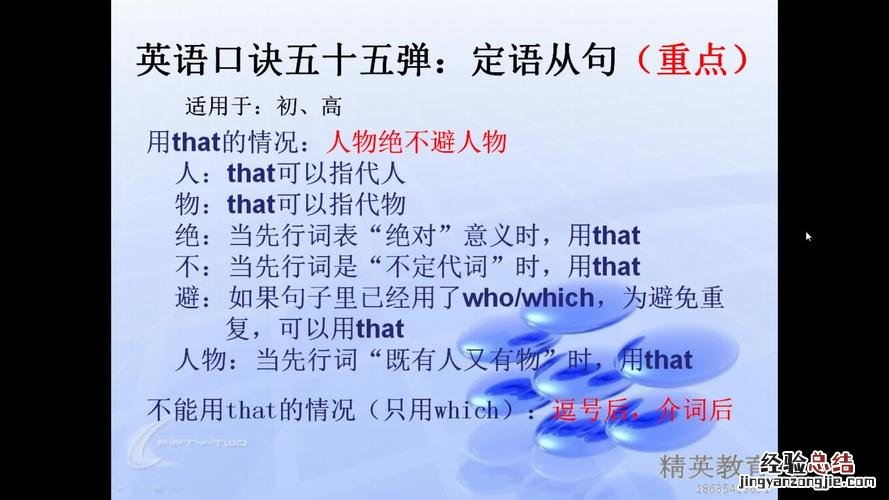- 首页 > 经验分享 > >
 When to Use “Which”The word “which” is a relative pronoun used to introduce a non-essential clause in a sentence. It is often used to provide additional information about a noun or to give options or choices. One common use of “which” is in asking questions to seek clarification or to gather more details. For example, “Which color do you prefer?” or “Which option would you like to choose?”Another use of “which” is when there is a need to specify or identify something from a group or set. It is often used to indicate a particular item or objects. For instance, “Which book did you read?” or “Which car belongs to John?”It is important to note that “which” is generally used for non-restrictive clauses, meaning the additional information it provides is not essential to the meaning of the sentence. When using “which,” make sure to separate the non-essential clause with commas.In summary, “which” is used to introduce non-essential clauses, ask questions, or indicate a specific item from a group. It adds descriptive details or options to a sentence, allowing for clearer communication and better understanding.
When to Use “Which”The word “which” is a relative pronoun used to introduce a non-essential clause in a sentence. It is often used to provide additional information about a noun or to give options or choices. One common use of “which” is in asking questions to seek clarification or to gather more details. For example, “Which color do you prefer?” or “Which option would you like to choose?”Another use of “which” is when there is a need to specify or identify something from a group or set. It is often used to indicate a particular item or objects. For instance, “Which book did you read?” or “Which car belongs to John?”It is important to note that “which” is generally used for non-restrictive clauses, meaning the additional information it provides is not essential to the meaning of the sentence. When using “which,” make sure to separate the non-essential clause with commas.In summary, “which” is used to introduce non-essential clauses, ask questions, or indicate a specific item from a group. It adds descriptive details or options to a sentence, allowing for clearer communication and better understanding.
经验总结扩展阅读
-
-
角色《且试天下》上线3天惹争议,女主眉毛若隐若现,男主服装是打印的?
-
-
-
-
-
-
01谈恋爱可以 愿你我皆遇良人,愿所有的温柔爱意都要长久
-
-
|亲爱的小孩:看到肖路“对着父亲遗像下跪”,才知他为何婚姻不幸
-
-
-
-
-
2023年淘宝4月份有满减活动吗 2023年淘宝4月份有满减活动吗
-
-
2023年农历七月廿七买衣服吉日 2023年农历七月廿七宜买衣服吗
-
-
-

